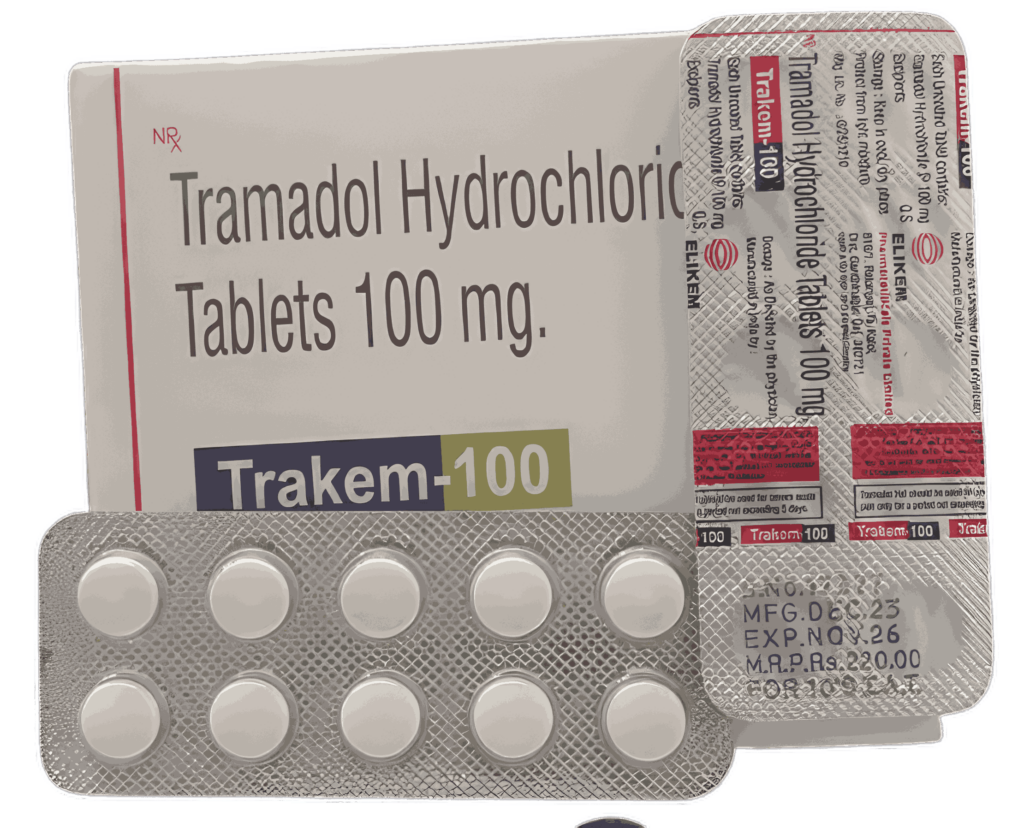Unlock Life’s Full Potential: The Benefits of Functional Fitness
Do you ever feel a twinge in your back when you lift a heavy bag of groceries? Or find yourself winded after playing with your kids, wishing you had more stamina for life’s everyday adventures? You’re not alone. Many of us navigate our daily lives feeling a subtle disconnect between our perceived fitness and our actual capability to move freely, strongly, and without pain. This isn’t just about feeling “out of shape”; it’s about a fundamental aspect of well-being. Understanding the profound benefits of functional fitness can be a game-changer, transforming how you interact with the world and empowering you to live a fuller, more capable life.
The Hidden Problem: Why Traditional Fitness Often Misses the Mark for Real Life
For decades, fitness has largely been defined by isolated muscle training in a gym setting. Think bicep curls, leg extensions, or bench presses. While these exercises certainly build strength in individual muscles, they often fall short in preparing our bodies for the complex, multi-joint movements that define real-world activities. The problem lies in this disconnect: our daily lives rarely ask us to isolate a single muscle; instead, they demand integrated, coordinated efforts from multiple muscle groups working together.
The Disconnect Between Gym and Life
- Isolation vs. Integration: Traditional training frequently isolates muscles, neglecting the synergistic way our bodies move in reality.
- Static vs. Dynamic: Many gym machines promote static, fixed movements, whereas life demands dynamic, unpredictable motion.
- Lack of Real-World Movement Patterns: How often do you lie on your back and push a heavy bar straight up in the air outside of a gym? Contrast that with lifting a child, carrying luggage, or reaching for something on a high shelf – movements that require balance, core stability, and coordinated limb action.
This gap can lead to several impacts: increased risk of injury from everyday tasks, reduced mobility as we age, and a general feeling of being physically limited. Our bodies, incredible machines of adaptation, become highly proficient at what we train them to do. If we train them in isolation, they perform well in isolation. But when called upon to perform integrated movements – like carrying groceries up a flight of stairs or maintaining balance on an uneven sidewalk – they might falter, leading to pain, strain, or a lack of confidence. This matters because it directly impacts our independence, our ability to enjoy hobbies, and our overall quality of life as we age.
What Exactly is Functional Fitness? Redefining Practical Strength
At its core, functional fitness isn’t about looking good in a mirror; it’s about performing daily activities with ease, efficiency, and without pain. It trains your muscles to work together across multiple joints and planes of motion, just as they do in real life. Think of it as training for life itself.
According to Chaabene et al. (2020) in their comprehensive review published in *Sports Medicine*, functional training is characterized by exercises that develop stability, strength, flexibility, balance, and coordination, often incorporating multi-joint, multi-planar movements. It focuses on movement patterns rather than individual muscles, mimicking activities like squatting, lunging, pushing, pulling, twisting, and carrying. This holistic approach builds a resilient body, ready for anything life throws your way.
Transformative Benefits of Functional Fitness Training for Daily Living
The shift to a functional approach offers a cascade of advantages that ripple through every aspect of your life:
1. Enhanced Mobility and Flexibility
Functional exercises encourage a full range of motion in your joints, preventing stiffness and improving overall flexibility. This means you can bend, reach, and twist more freely, whether you’re tying your shoes or reaching for a fallen item without strain. Improved mobility is key to maintaining independence and preventing age-related decline.
2. Reduced Risk of Injury and Pain
By strengthening stabilizing muscles, improving balance, and teaching your body efficient movement patterns, functional fitness significantly reduces your susceptibility to common injuries. This is particularly critical for preventing chronic back pain, knee issues, and ankle sprains. A systematic review and meta-analysis by Ghorbanian et al. (2022) in the *Journal of Sport Rehabilitation* highlighted the efficacy of functional training in preventing musculoskeletal injuries, particularly among athletes, by improving movement control and strengthening core stability. These principles translate directly to protecting your body during everyday tasks, from gardening to picking up pets.
3. Improved Balance and Coordination
Many functional movements challenge your balance and coordination, often on unstable surfaces or while moving in multiple directions. This enhances proprioception – your body’s awareness of its position in space. Better balance means fewer falls, whether you’re navigating crowded streets, hiking a trail, or simply catching yourself from a stumble. It builds the confidence to move through the world securely.
4. Increased Strength for Everyday Tasks
Forget isolated strength; functional fitness builds practical, integrated strength. You’ll find tasks like carrying heavy shopping bags, lifting children, rearranging furniture, or even shoveling snow become noticeably easier. This isn’t just about raw power; it’s about developing the coordinated strength that makes your daily life more manageable and less taxing.
5. Better Posture and Body Mechanics
By focusing on core stability and proper alignment during compound movements, functional training naturally improves your posture. A strong core supports your spine, reduces slouching, and helps you maintain an upright, confident stance. This translates to less fatigue during prolonged sitting or standing and prevents the aches and pains associated with poor mechanics.
6. Boosted Athletic Performance (for “Life Athletes” too!)
Even if you don’t consider yourself an athlete, functional fitness elevates your performance in any physical hobby. Whether it’s playing tennis, hiking, cycling, or simply keeping up with active grandchildren, your enhanced strength, mobility, and coordination will make these activities more enjoyable and less prone to injury.
Case Study: Elena’s Journey to Pain-Free Living
Elena, a 52-year-old marketing manager, spent years battling persistent lower back pain. Her doctor suggested exercise, but traditional gym routines felt intimidating and didn’t seem to address her core issue. “I could do leg presses all day, but bending over to pick up my briefcase still hurt,” she recalls. Her breakthrough came when she started working with a physical therapist who introduced her to functional training. Instead of isolated exercises, her program focused on movements like loaded carries, squats with overhead presses, and rotational core work. Within six months, her back pain significantly diminished. “It wasn’t just about getting stronger; it was about learning how my body *should* move,” Elena shares. “Now, I can lift my gardening pots, play with my granddaughter, and even go hiking without fear of pain. It feels like I’ve reclaimed my body.”
As Dr. Anya Sharma, a leading expert in exercise physiology and rehabilitation, often states, “Functional fitness bridges the gap between structured exercise and the unpredictable demands of daily life. It’s not just about building muscle; it’s about building resilience and intelligent movement patterns that serve you for a lifetime.” This approach, she emphasizes, is crucial for both injury prevention and maintaining a high quality of life through all ages.
Implementing Functional Fitness: Practical Strategies for All Ages
Ready to integrate functional fitness into your routine? Here are evidence-based strategies to get started:
1. Master Bodyweight Fundamentals
Your own body is the best piece of equipment. Start with basic movements:
- Squats: Mimic sitting and standing.
- Lunges: Essential for walking, climbing stairs, and balance.
- Push-ups: Strengthen chest, shoulders, and triceps, crucial for pushing doors or getting up from the floor.
- Planks: Build core stability, protecting your spine.
2. Embrace Multi-Joint, Compound Exercises
These exercises engage multiple muscle groups and joints simultaneously, mirroring real-life movements. Examples include:
- Deadlifts (or variations like Romanian Deadlifts): Excellent for safely lifting objects from the floor.
- Overhead Presses: For lifting objects onto shelves.
- Farmer’s Carries: Simulates carrying heavy bags, building grip and core strength.
- Kettlebell Swings: Develops explosive power from the hips, crucial for many dynamic movements.
As Valdes et al. (2019) highlighted in *Applied Physiology, Nutrition, and Metabolism*, multicomponent exercise training, including strength, balance, and mobility, is highly effective in improving functional capacity.
3. Incorporate Varied Movement Patterns
Don’t just move forward and backward. Include:
- Rotational movements: Essential for twisting, turning, and throwing.
- Lateral movements: Side lunges, shuffles – important for agility and preventing falls.
- Unilateral movements: Exercises on one leg (e.g., single-leg deadlifts) to improve balance and address imbalances.
4. Integrate Mind-Body Connection
Pay attention to your form and how your body feels during each movement. Consciously engage your core, maintain proper posture, and control your movements. This awareness enhances neuromuscular control and prevents injuries.
5. Seek Professional Guidance
If you’re unsure where to start, consider consulting a certified personal trainer, physical therapist, or exercise physiologist. They can assess your movement patterns, identify limitations, and design a personalized functional fitness program tailored to your needs and goals.
Common Myths About Functional Fitness: What Few People Tell You
Despite its growing popularity, functional fitness is still surrounded by misconceptions. Let’s debunk a few:
Myth 1: It’s Only for Elite Athletes or People in Rehab.
Reality: While athletes use it for performance and patients for recovery, functional fitness is inherently for *everyone*. If you walk, lift, bend, or reach, you’re performing functional movements, and training them makes your life easier and safer, regardless of your fitness level or age.
Myth 2: You Need Fancy Equipment to Do It.
Reality: Absolutely not. The most fundamental functional exercises rely on your bodyweight, gravity, and simple household items. A sturdy chair, a resistance band, or even a backpack filled with books can provide ample challenge. Many of the best functional movements are performed outside a traditional gym environment.
Myth 3: It Doesn’t Build “Real” Strength or Muscle.
Reality: This couldn’t be further from the truth. Functional training builds incredible strength – not just in isolated muscles, but in the entire kinetic chain. By engaging multiple muscles in coordinated movements, it promotes lean muscle mass, improves power output, and develops strength that directly translates to real-world performance, often more effectively than purely isolation-based routines.
Myth 4: It’s Just Circuit Training or CrossFit.
Reality: While functional movements are often incorporated into circuit training and CrossFit, functional fitness is a *philosophy* of training, not a specific program type. It can be applied to any workout structure, from slow and controlled movements to high-intensity intervals, as long as the exercises mimic real-life demands and integrate the body’s systems.
Unlocking Your Movement Potential: A Path to Lasting Vitality
The journey to a stronger, more capable self isn’t found in chasing fleeting trends or isolating muscle groups. It’s about reconnecting with your body’s natural design and training it for the demands of your unique life. Embracing the benefits of functional fitness means investing in your long-term health, independence, and overall quality of life. Imagine moving through your day with confidence, free from aches and pains, able to tackle any challenge that comes your way – from playing with your grandchildren to embarking on a new adventurous hobby. This isn’t just about exercise; it’s about empowering yourself to live fully, vibrantly, and without limits. Take the first step today; your body will thank you for years to come.
—
Author Bio
Dr. Alex Rivera, PhD, CSCS is an accomplished Exercise Physiologist and Certified Strength and Conditioning Specialist with over 15 years of experience in human performance and rehabilitation. Holding a Ph.D. in Exercise Physiology from a leading research university, Dr. Rivera specializes in applied biomechanics and functional movement patterns. Their work focuses on translating complex scientific principles into practical, accessible strategies that empower individuals of all ages to improve their strength, mobility, and overall quality of life. Dr. Rivera has advised professional athletes, contributed to numerous health and fitness publications, and is passionate about promoting evidence-based approaches to lifelong wellness.





